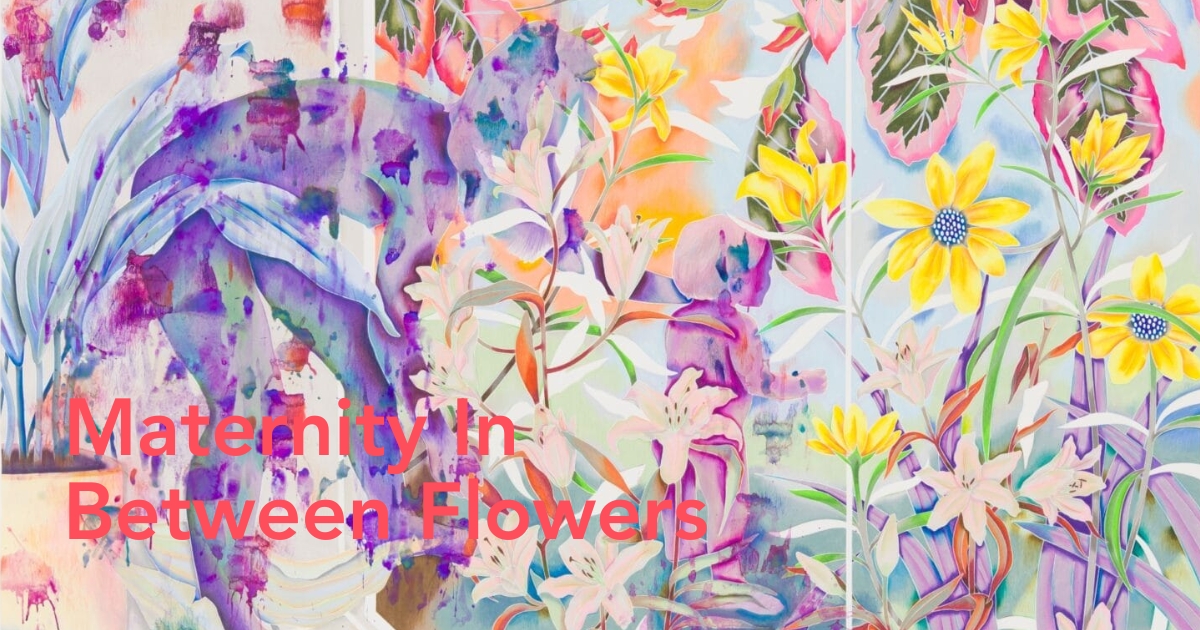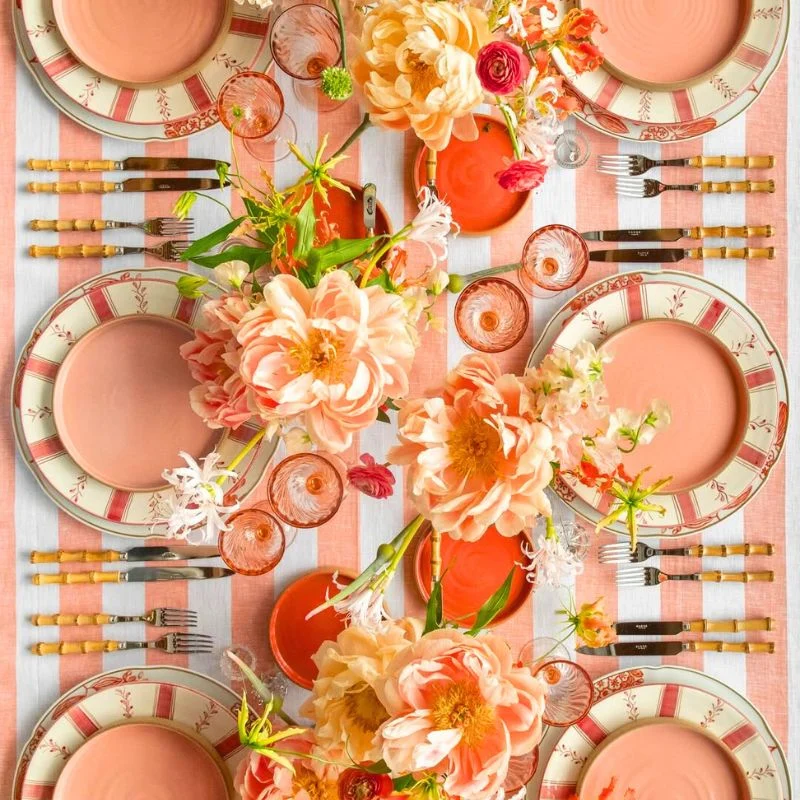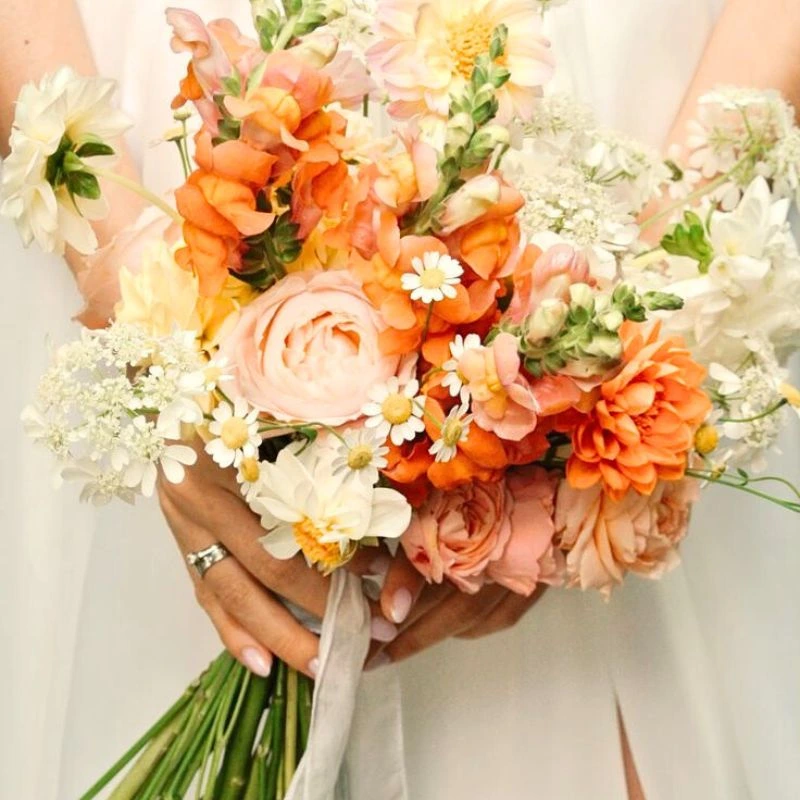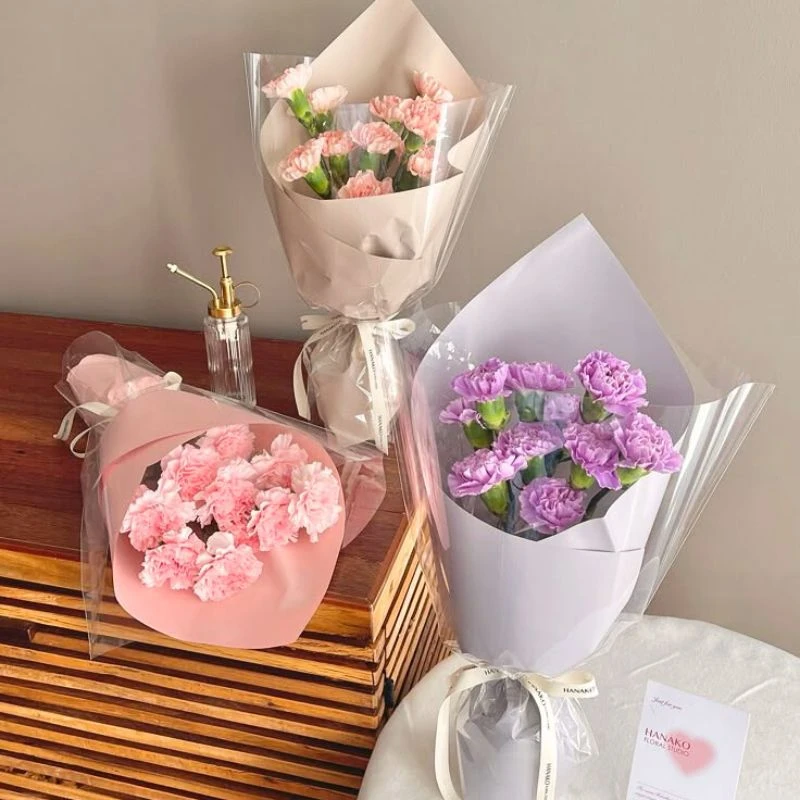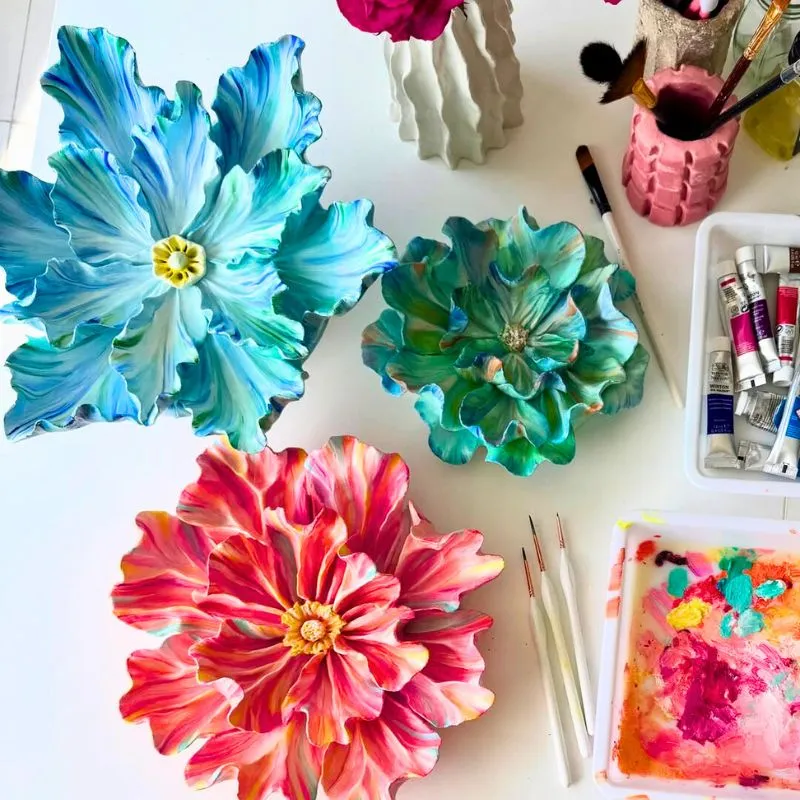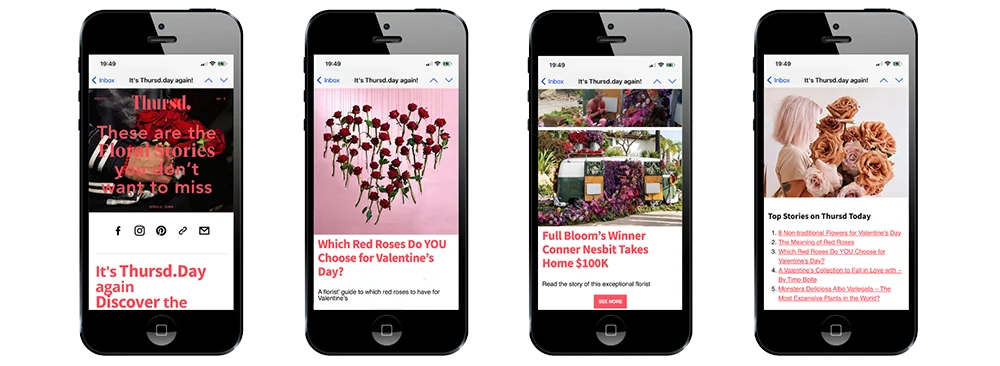Through dense thickets of florals rendered in watercolor and colored pencil, a woman attempts to find her footing. Enmeshed in vines and leaves, this nude protagonist can be seen cradling a child or tending to another matter, her surroundings obscuring the particulars of her body and actions. Who and what could it be?
Domestic Life Dissolves Into Flowering Gardens in Sarah Ann Weber’s Works
These works are part of a semi-autobiographical series by Sarah Ann Weber, who marks two momentous occasions: the birth of her daughter and her move from Los Angeles, where she lived for a decade, to her hometown of Chicago. Titled 'I Know Her', this body of work refers to the artist herself, her child, and the stark differences between the two landscapes.

Weber’s compositions are like overgrown gardens – or more precisely, dense botanical worlds where the presence of vines, flowers, and architectural forms is very present. In these paintings, figures (often a mother and child) fade in and out of floral masses, suggesting a dissolution of self within nature. Instead of only using conventional portraiture, Sarah embeds personal stories in the form of botanicals, effectively mapping memory and identity onto the organic world.
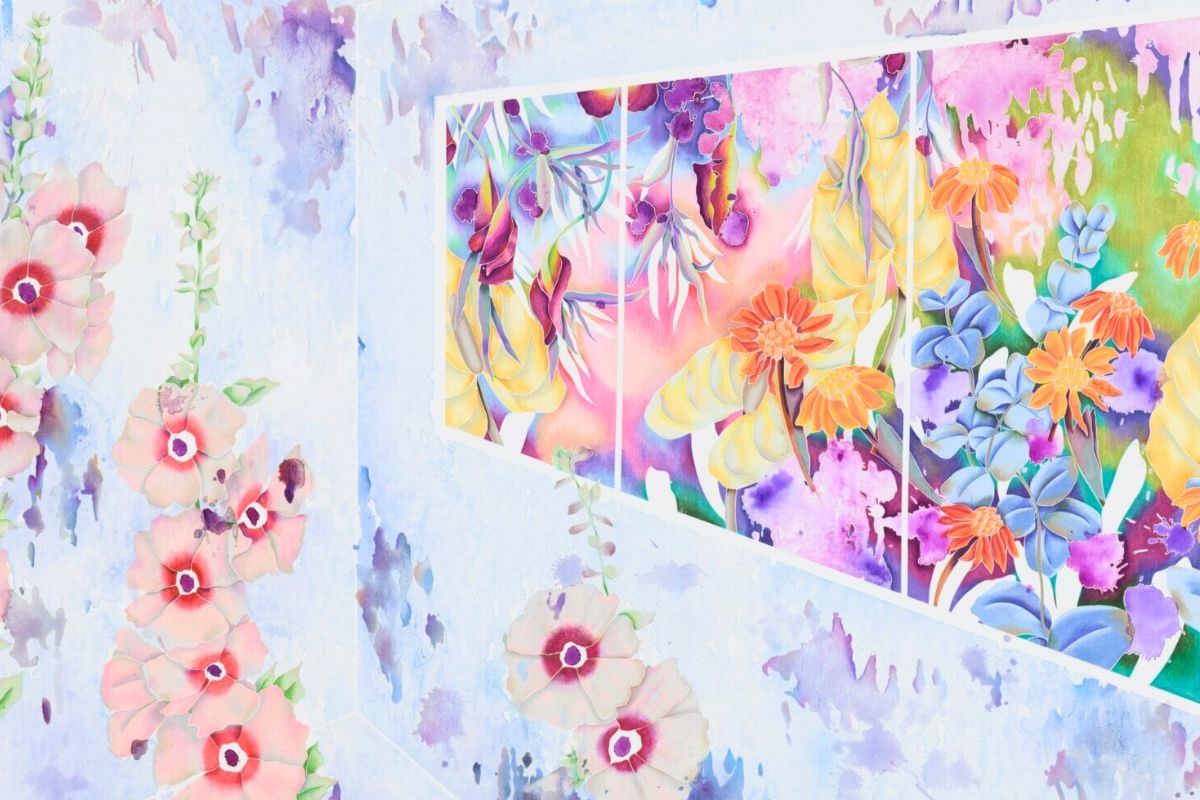
The contrast between Los Angeles and Chicago plays a central role. Sarah has said that the work references 'stark differences' between those two places: L.A.’s consistent warmth and aridity versus Chicago’s volatile, four-season climate. This geographical tension becomes emotional tension in her paintings, as florals bloom in extravagant color and overlap into softer fields. Her artworks are a visual metaphor for personal transition and growth.
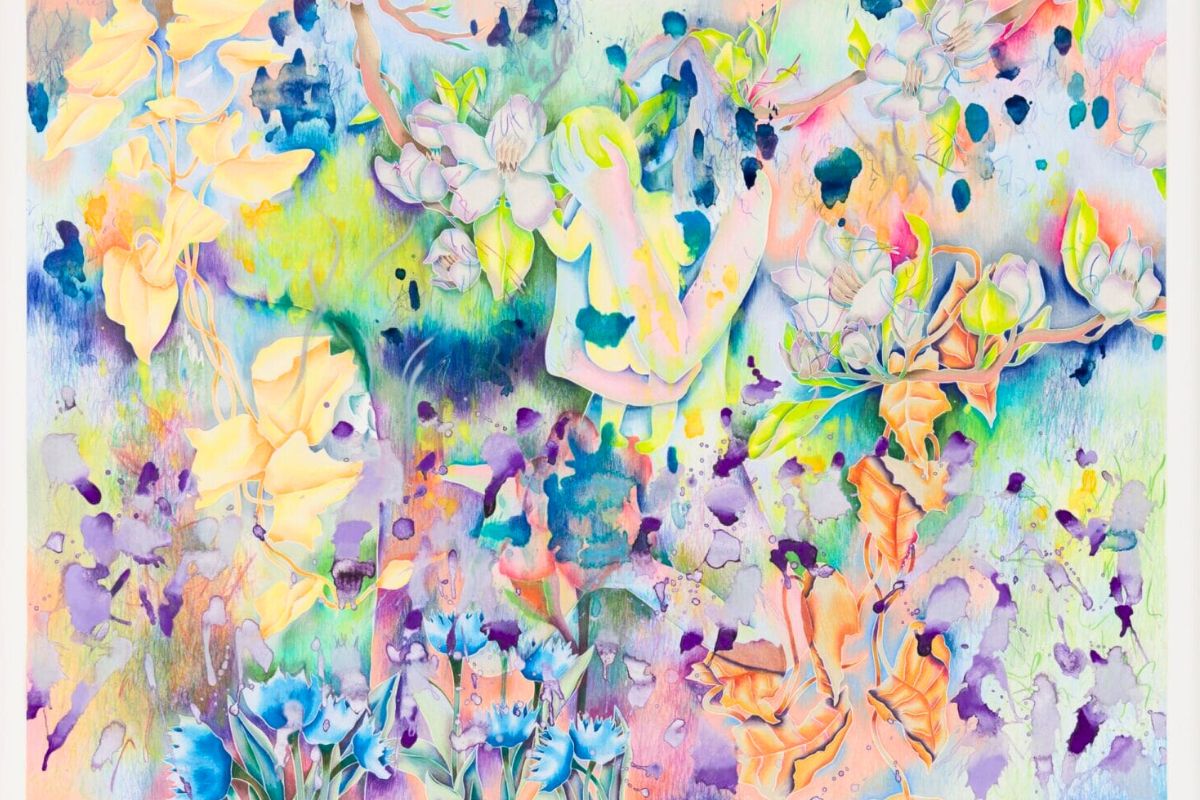
Narratives of Motherhood and Change
Motherhood is a clear anchor in I Know Her. Weber places figures in these garden structures, cradling a child or simply existing in floral space, with architectural cues barely visible beneath the dense plant life. These works don’t just resemble a mother. They show a woman becoming part of a living system, as if her bonds to her child also bind her to the cycles of growth and decay. It’s less about sentimentality than about how identity can be woven into place and matter.

The artist works in watercolor and colored pencil on paper, often mounting pieces on linen for large-scale panels. Her application is detailed, layering color and form to create depth and density. The botanical elements are not strictly realistic – many are invented, exaggerated, or stylized – but they carry an emotional weight that feels rooted in lived experience. Her use of architecture – or more accurately, dissolving architectural motifs mixes the domestic with the wild. Windows and structures appear under layers of leaves and petals, suggesting the fragility of 'home' and the permeability of memory.
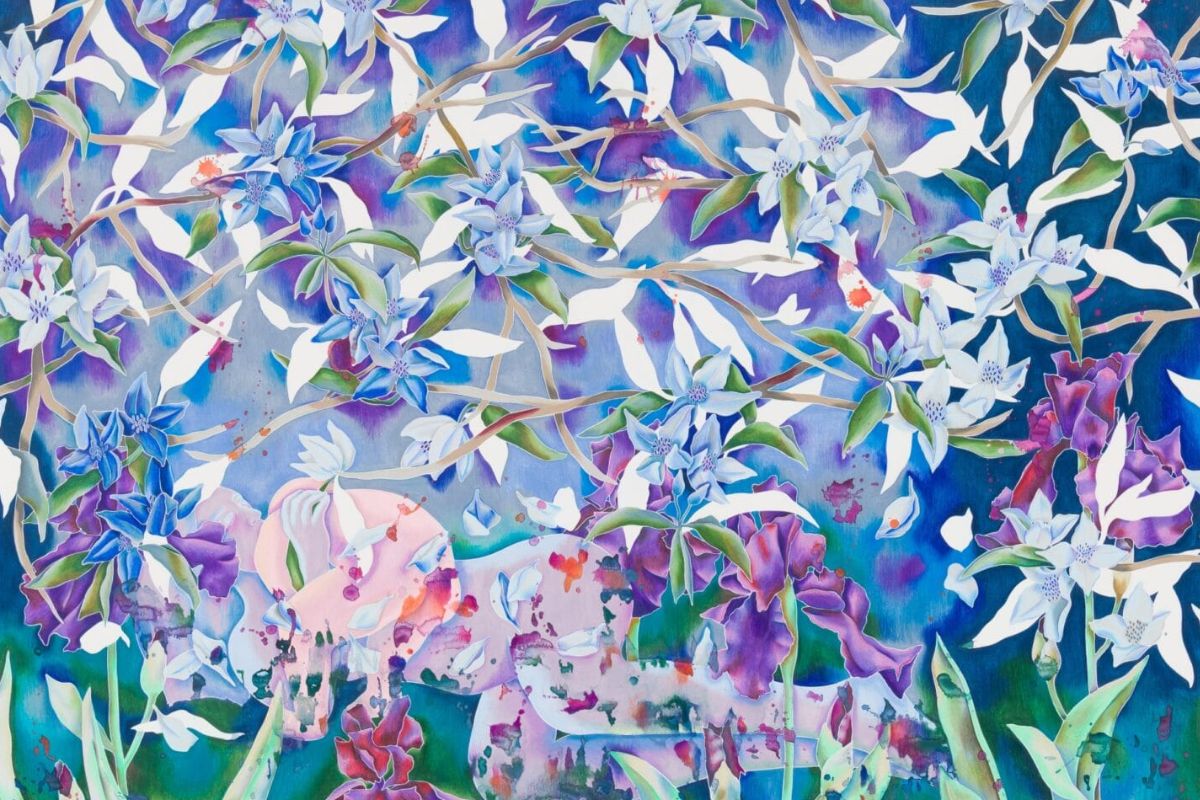
Themes of Transition, Renewal, and Loss in Her Works
'I Know Her' is a work about transition on multiple levels: geographic, maternal, and psychological. Sarah Ann does not shy away from the messiness of transformation. Instead, she allows her paintings to hold ambiguity. As she builds up her florals, she also erodes firm boundaries.

This series also speaks to renewal. The floral art conveys a sense of generative, even when it incorporates the human figure. There’s a sense that identity is not fixed but is constantly growing and shifting. Her work is proof once again that floral art exists in thousands of personal ways.
Photos: @saraannweber.

